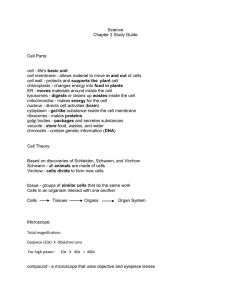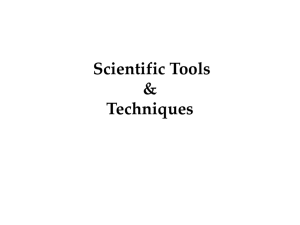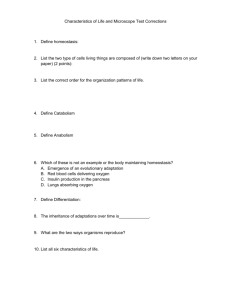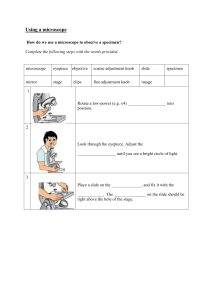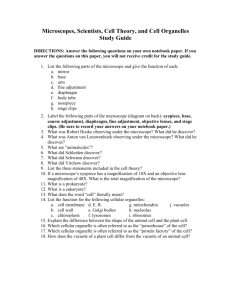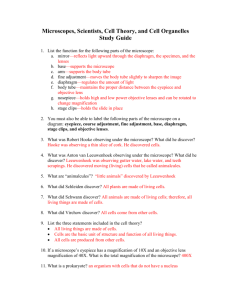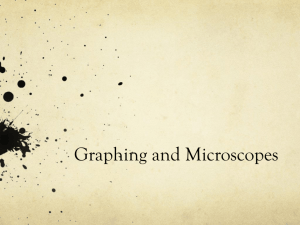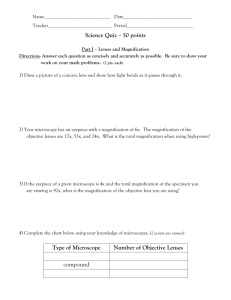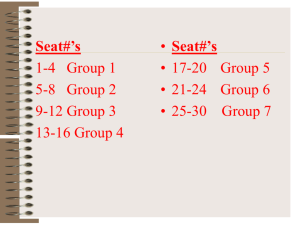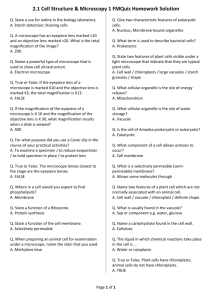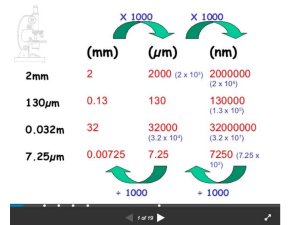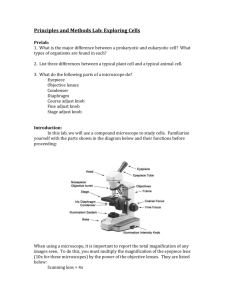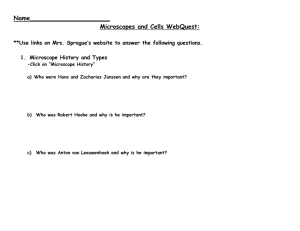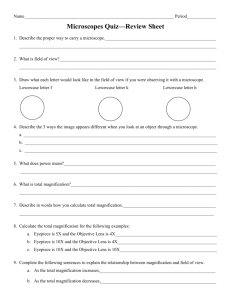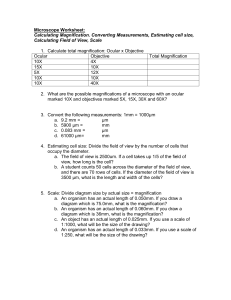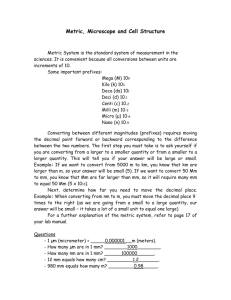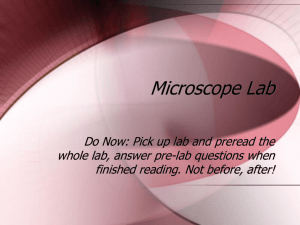study guide answers
advertisement
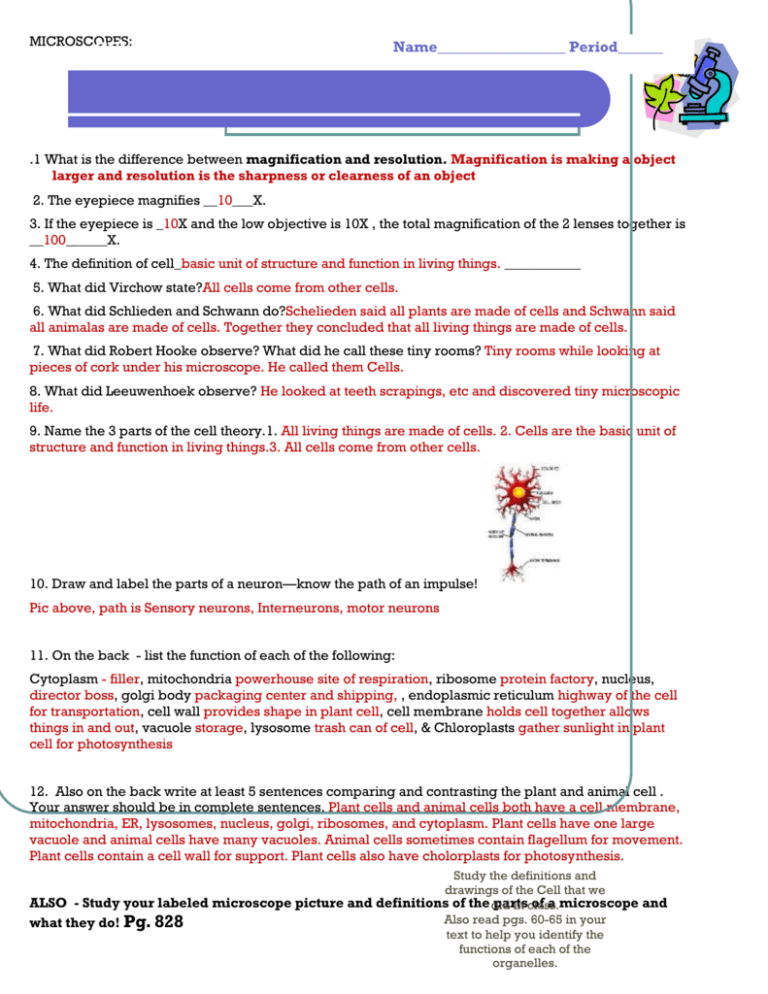
MICROSCOPES: CELLS STUDY GUIDE Name_________________ Period______ .1 What is the difference between magnification and resolution. Magnification is making a object larger and resolution is the sharpness or clearness of an object 2. The eyepiece magnifies __10___X. 3. If the eyepiece is _10X and the low objective is 10X , the total magnification of the 2 lenses together is __100______X. 4. The definition of cell_basic unit of structure and function in living things. ___________ 5. What did Virchow state?All cells come from other cells. 6. What did Schlieden and Schwann do?Schelieden said all plants are made of cells and Schwann said all animalas are made of cells. Together they concluded that all living things are made of cells. 7. What did Robert Hooke observe? What did he call these tiny rooms? Tiny rooms while looking at pieces of cork under his microscope. He called them Cells. 8. What did Leeuwenhoek observe? He looked at teeth scrapings, etc and discovered tiny microscopic life. 9. Name the 3 parts of the cell theory.1. All living things are made of cells. 2. Cells are the basic unit of structure and function in living things.3. All cells come from other cells. 10. Draw and label the parts of a neuron—know the path of an impulse! Pic above, path is Sensory neurons, Interneurons, motor neurons 11. On the back - list the function of each of the following: Cytoplasm - filler, mitochondria powerhouse site of respiration, ribosome protein factory, nucleus, director boss, golgi body packaging center and shipping, , endoplasmic reticulum highway of the cell for transportation, cell wall provides shape in plant cell, cell membrane holds cell together allows things in and out, vacuole storage, lysosome trash can of cell, & Chloroplasts gather sunlight in plant cell for photosynthesis 12. Also on the back write at least 5 sentences comparing and contrasting the plant and animal cell . Your answer should be in complete sentences. Plant cells and animal cells both have a cell membrane, mitochondria, ER, lysosomes, nucleus, golgi, ribosomes, and cytoplasm. Plant cells have one large vacuole and animal cells have many vacuoles. Animal cells sometimes contain flagellum for movement. Plant cells contain a cell wall for support. Plant cells also have cholorplasts for photosynthesis. Study the definitions and drawings of the Cell that we ALSO - Study your labeled microscope picture and definitions of the did parts of a microscope and in class. Also read pgs. 60-65 in your what they do! Pg. 828 text to help you identify the functions of each of the organelles.

